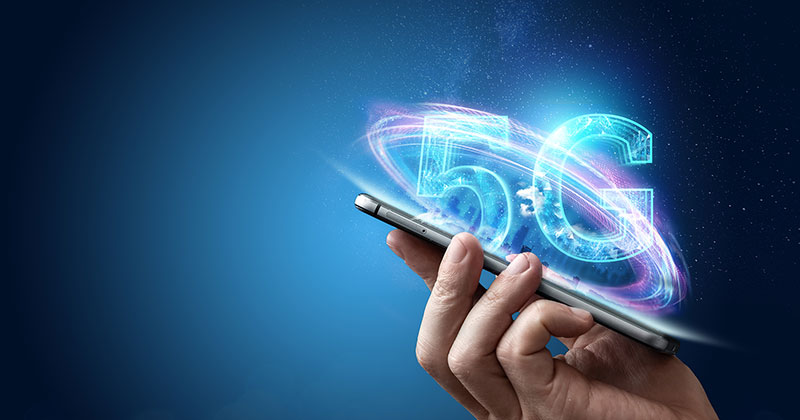This article was originally posted on Retail IT.
We’re entering month nine of millions stuck inside, terrified to leave. In March, this would have sounded like a science fiction show, but here we are. This catastrophe has become our new reality. With cases rising yet again and no end in sight, people are adjusting to alternative ways of life for simple tasks like going to the grocery store or buying clothes.
Yet despite the life-altering adjustments we’ve made, we’ve also discovered how easy it is to avoid the drive to the market, the overpacked parking lots, or crowded shopping malls. We have found alternatives to accommodate our everyday needs — most of which are online. For e-commerce specifically, this provides a unique opportunity for brands looking to personalize their message to consumers stuck at home while driving ROI.
Enter 5G
As a result of the internet being the best and safest way to accomplish everyday tasks, 5G plays a unique role in our current economy. With 5G, we avoid the wait — the wait at the grocery, to purchase a piece of furniture or stream a movie. With access to more things online, we’ve become accustomed to avoiding the wait. That’s left us impatient: we lose interest when we click on something and it stalls.
For e-commerce brands, this has a direct impact on the customer experience. If a customer attempts to load an image of a product or stream a how-to video and it lags, they quickly lose interest and potentially try a competitor’s website instead to search for a similar product. With the adoption of 5G paired with a personalized message, brands improve the customer experience and retain customer loyalty.
5G’s Impact On E-Commerce
Adobe Digital Insights predicted e-commerce would be a $4.8 billion sector globally pre-COVID, and with a successful conversion to 5G, that number will climb to $12 billion by next year. With the holiday shopping season upon us and customers’ growing dependence on e-commerce, this number is likely to multiply even more as we head into the new year.
With 5G, huge files are transmitted at lightning speed. It’s estimated to be 100 times faster than what we currently experience. This speed will mean e-commerce will be faster, too, and more efficient than before. With 5G and e-commerce, virtual shopping malls will be available at the tip of our fingers. 5G empowers customers to load a virtual shopping experience on their phones instantaneously. Consumers can take a picture of a blank space in their homes and use the brand’s app or website to visualize what a product like a couch or coffee table will look like — seamlessly and without interruption. Consumers have an experience built specifically for them based on their needs, driving them to purchase more items.
We’re deep into the Fourth Industrial Revolution with blurred lines between technology and everything else. Ten years ago, the rapid adoption of modern technology felt like 40 years away, but the pandemic has accelerated the need and 5G is leading the trend. Our everyday environments are a blank canvas. Augmented reality transforms every empty space in a customer’s house into a real-world advertisement personalized to their tastes.
These advancements in technology present an opportunity to improve our relationship with technology. Modern solutions allowing brands to personalize their e-commerce marketing strategy can take customized ads to the next level for consumers by leveraging automation. By optimizing ads to cater to a specific consumer based on their interests, brands can enhance the customer experience and, in turn, drive revenue. Those who don’t risk falling behind the competition in this fast-paced, digital-first world.
